I Periapical X-ray corroborates the periodontal regeneration in close contact with MTA filling. These x-rays are often used to detect any unusual changes in the root and surrounding bone structures.
The Bisecting Angle Technique is an alternative to the paralleling technique for taking periapical films.
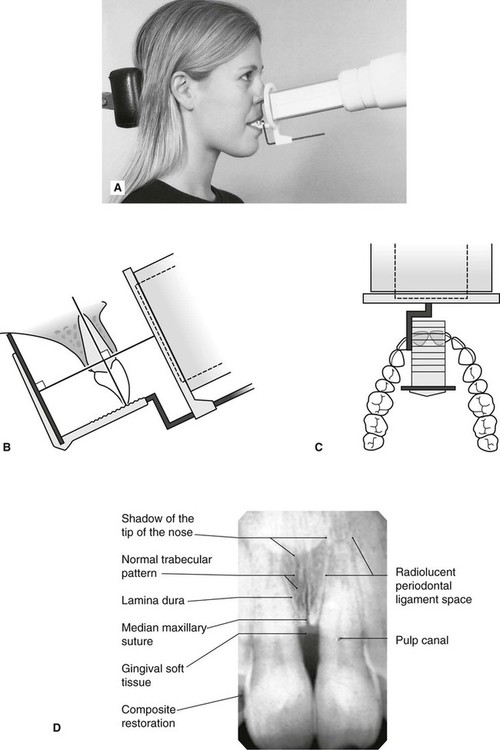
. The extraoral periapical radiographic technique was performed for both maxillary and mandibular teeth using Newman and Friedman technique2. The paralleling technique results in good quality x-rays with a minimum of distortion and is the most reliable technique for taking periapical x-rays. Periapical radiography is a commonly used intraoral imaging technique in radiology and may be a component of your radiologic examination.
Paralleling Technique for Periapical X-rays The paralleling technique results in good quality x-rays with a minimum of distortion and is the most reliable technique for taking periapical x-rays. PARALLELING LONG-CONE PERIAPICAL EXPOSURE TECHNIQUES GENERAL A long cone is used to take x-rays with paralleling exposure techniques. When comparing the two periapical techniques the.
The paralleling technique is considered to be the best way to take periapical X-rays and when used correctly it should produce reliable images with minimal distortion. Periapical radiographs provide important information about the teeth and surrounding bone. The paralleling technique results in good quality x-rays with a minimum of distortion and is the most reliable technique for taking periapical x-rays.
The accelerated x-rays are decelerated by the target material resulting in bremsstrahlung. The bisecting short-cone and paralleling long-cone techniques are two of the most commonly used techniques. It shows everything from the crown chewing surface to the root below the gum line.
The film is placed parallel to the long axis of the tooth in question and the central x-ray beam should be directed perpendicular to the long axis of the tooth. The patient was positioned upright with hisher mouth was opened as wide as possible to allow the X-ray beam to pass to the sensor unobstructed from the opposite side of the mouth. The central ray is directed to pass at a perpendicular angle to both the tooth and the film.
The film is placed parallel to the long axis of the tooth to be radiographed and the central beam of X-ray is directed at right angle to the film and the teeth. By using a film sensor holder with still. Film development and mounting are discussed and practiced.
The paralleling technique results in good quality x-rays with a minimum of distortion and is the most reliable technique for taking periapical x-rays. The X-ray is taken and the exposed plate is then loaded into a scanner or processor which reads the image. Single periapical radiographs are often made of individual teeth or groups of teeth to obtain information for treatment or diagnosis of localized diseases or abnormalities.
Students learn how to expose dental periapical x-ray film using the Rinn Paralleling Technique using the XCP film holder. Instruction is provided in the use of dent hammers dent balls and barrels mandrels burnishers and other tools of the industry. Different techniques and instruments are used to drain and decompress large periapical lesions ranging from placing a stainless steel tube into the root canal exhibiting persistent apical exudation 202 204 which is non-surgical decompression to placing polyvinyl or polyethylene tubes through the alveolar mucosa covering the apical lesion which is surgical.
The paralleling technique is recommended for routine periapical radiography but there are. For this purpose a special technique of periapical radiography was developed by Gordon M. Periapical Lesion Diagnosis Support System Based on X-ray Images Using Machine Learning Technique.
Preparing a Patient for the Paralleling Technique. The students learn about the different types of dental x-ray units x-ray film and the procedure for exposing a bitewing film. Vo TN Ngoc 1 Do H Viet 2 Le K Anh 3 Dinh Q Minh 4 Le L Nghia 5 Hoang K Loan 6 Tran M Tuan 7 Tran T Ngan 8 Nguyen T Tra 9.
It is also used to determine the degree of long-range order and symmetry present in a crystal or lacking in a glass which is the topic of the next module Session 21. Periapical film is held parallel to the long axis of the tooth using film-holding instruments. Since the slope and curvature of the dental arches and the alveolar processes will not permit the film to be held close to the teeth.
Fitzgerald called as paralleling or long cone technique. The image receptor is placed in a holder and positioned in the mouth parallel to the long axis of the tooth under. Periapical views are used to record the crowns roots and surrounding bone.
1 Department of Pediatric Dentistry School of Odonto-stomatology Hanoi Medical University Dong Da Hanoi Vietnam 26 Department of. The X-ray head is directed at right angles vertically and horizontally of both the tooth and the image receptor. The film is placed parallel to the long axis.
Periapical film is held parallel to the long axis of the tooth using film-holding instruments. Each periapical x-ray shows a small section of your upper or lower teeth. The snap-a-ray is used.
A periapical x-ray is one that captures the whole tooth. To take a periapical exposure the hygienist or x-ray technician places a small photosensitive imaging plate coated with phosphorus into a sterile wrapper and inserts it into the patients mouth just like a conventional X-ray film card. Most frequently used radiography is for the periapical which is performed by the bisecting Thus when considering the execution of the radiographic technique and the possibility of errors that occur during the exposure of X-ray image XR receptors it is important to identify those that occur more frequently.
By using a filmsensor holder with fixed image receptor and. The X-ray tubehead is then aimed at right angles vertically and horizontally to both the tooth and the image. X ray films hmdali.
Dental X-ray Techniques II. X-ray diffraction is a popular technique to discover the structures of organic molecules such as proteins and most famously DNA as well as inorganic crystals. Both techniques have advantages and disadvantages.
Parallel technique The image receptor is placed in a holder and placed in the mouth parallel to the longitudinal axis of the tooth under. DENTAL X-RAYS X-rays are produced by boiling off electrons from a filament the cathodeand accelerating the el to the target at the anode.
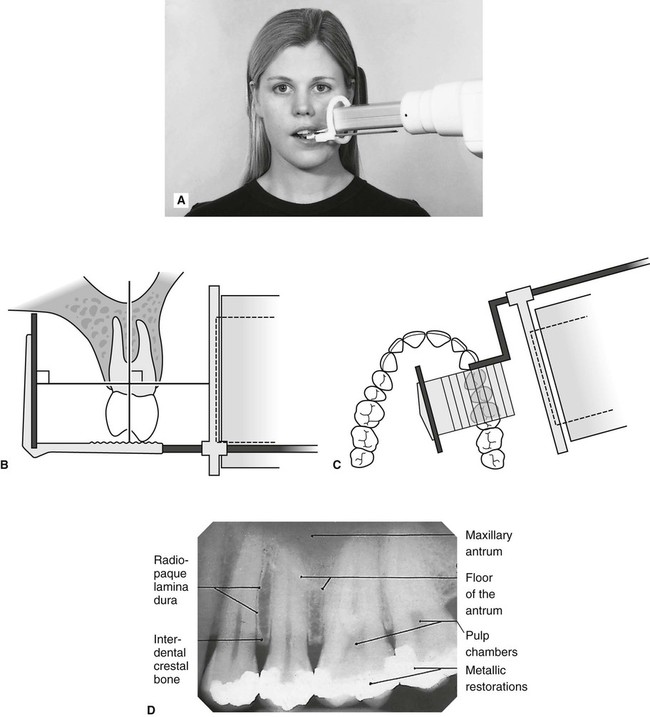
Periapical Radiography Pocket Dentistry

Periapical Radiography Pocket Dentistry
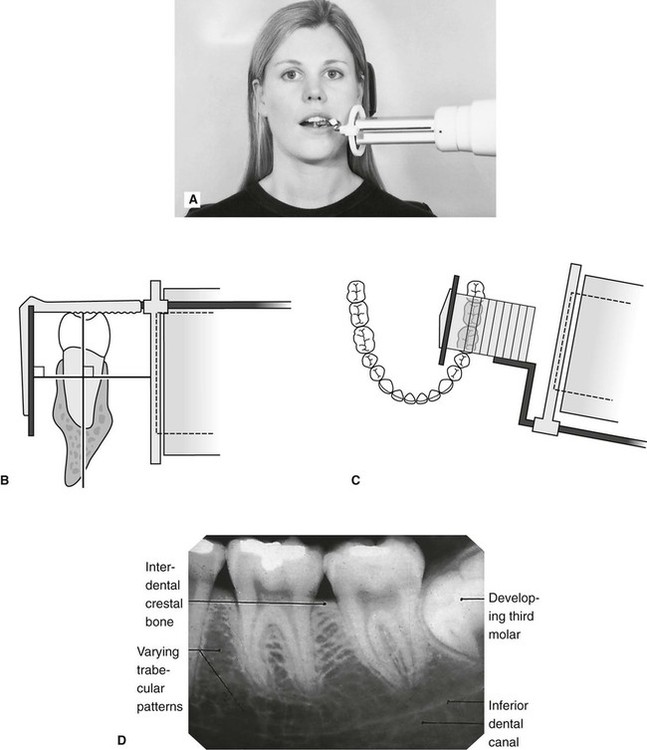
Periapical Radiography Pocket Dentistry
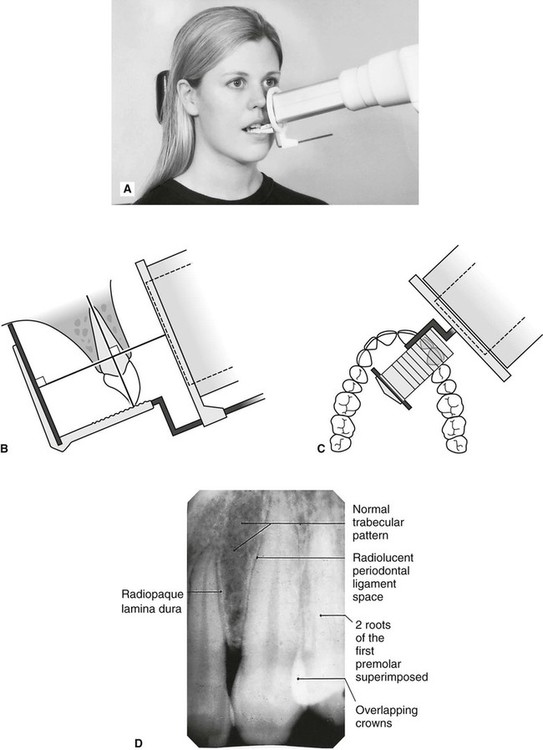
Periapical Radiography Pocket Dentistry
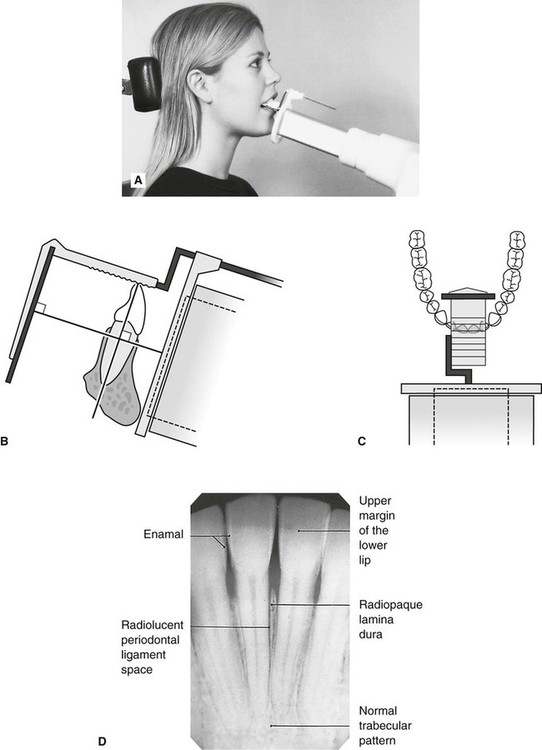
Periapical Radiography Pocket Dentistry


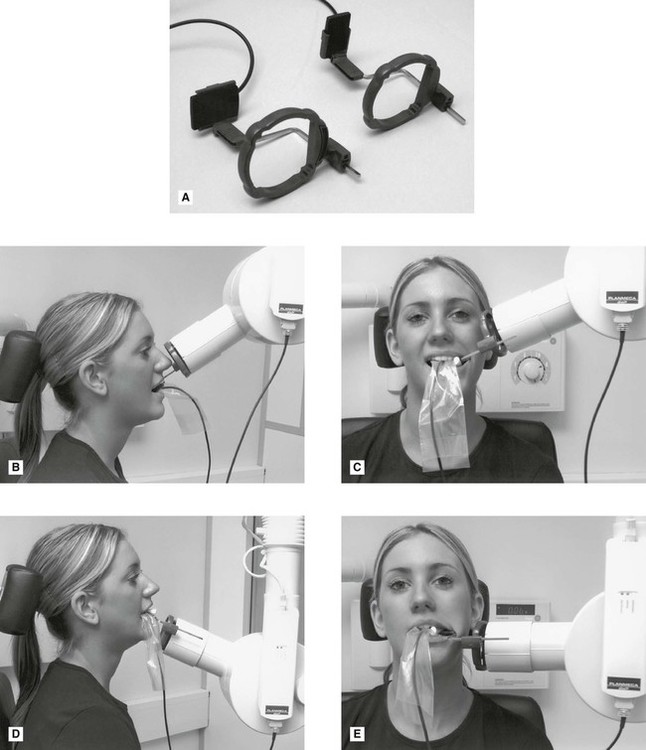

0 comments
Post a Comment